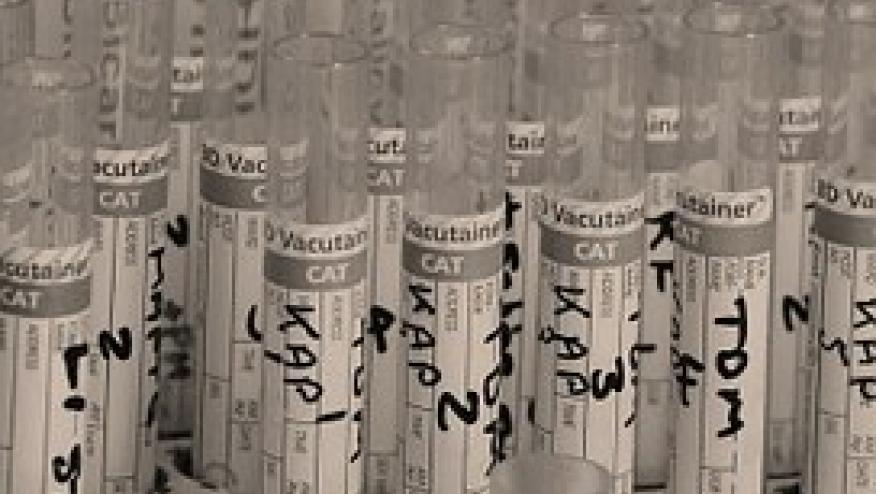Angiogenic Biomarkers Predict Adverse Outcomes Pregnancies in Lupus Save

The PROMISSE (Predictors of Pregnancy Outcome: Biomarkers in Antiphospholipid Antibody Syndrome and Systemic Lupus Erythematosus) study has revealed several important lessons in lupus care.
Earlier reports showed that those in remission or minimal activity had a favorable outcome with 82% uncomplicated pregnancies. The 4 features shown to predict poor outcomes included lLupus anticoagulant positivity: OR 8.32 (95% CI 3.59-19.26), antihypertensive drug use (OR 7.05; 95% CI 3.05-16.31), physician's global assessment > 1 (OR 4.02; 95% CI 1.84-8.82, P<0.001) and a low platelet count (OR 1.33; 95% CI 1.09-1.63).
Another analysis of predictive vascular biomarkers studied 497 pregnant SLE patients or APL who were enrolled at <12 weeks gestation (before end of the 1st trimester) and followed them monthly along with 207 matched healthy controls. Serial assays for several circulating vascular biomarkers were done including soluble fms-like tyrosine kinase 1 (sFlt1), placental growth factor (PlGF) and soluble endoglin (sEng).
These results were compared to the frequene of adverse pregnancy outcomes (APO), defined as as severe (PE<34 weeks, fetal/neonatal death, indicated pre-term delivery <30 weeks) or moderate (PE≥34 weeks, indicated preterm delivery 30-36 weeks, growth restriction without PE).
Severe APOs occurred in 12% and moderate APOs in 10% of patients. By 12-15 weeks, sFlt1, PlGF, and sEng levels were markedly altered in women who developed severe APO. sFlt1 was the strongest predictor of severe APO among 12-15 week measures (adjusted odds ratio=17.3 comparing highest and lowest quartiles, 95% CI: 3.5-84.8) with a positive predictive value (PPV) of 61% and negative predictive value (NPV) of 93%. At 16-19 weeks, the combination of sFlt1 and PlGF was most predictive of severe APO, with risk greatest for subjects with both PlGF in lowest quartile (<70.3 pg/ml) and sFlt1 in highest quartile (>1872 pg/ml; odds ratio=31.1; 95% CI: 8.0-121.9; PPV=58%; NPV=95%).
Severe APO rate in this high risk subgroup was 94% (95%CI: 70%-99.8%), if lupus anticoagulant or history of high blood pressure is additionally present. Thos patients with low values for both sFlt1 <1872 pg/ml and PlGF >70.3 pg/ml, rate of severe APO was only 4.6% (95% CI: 2.1%- 8.6%).
The abscence of circulating angiogenic factors in early gestation have a high negative predictive value in ruling out the development of severe adverse pregnancy outcomes among patients with SLE and/or APL syndrome.









If you are a health practitioner, you may Login/Register to comment.
Due to the nature of these comment forums, only health practitioners are allowed to comment at this time.